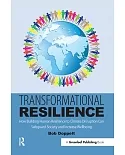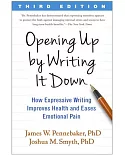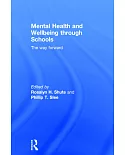Suicide impacts on the most vulnerable of the world’s populations and is highly prevalent in already marginalized and discriminated groups of society. It is not just a serious public health
problem in developed countries; in fact, most suicides occur in low- and middle-income countries where resources and services, if they do exist, are often scarce and limited for early
identification, treatment and support of people in need. These striking facts and the lack of implemented timely interventions make suicide a global public health problem that needs to be
tackled imperatively.
This report is the first WHO publication of its kind and brings together what is known in a convenient form so that immediate actions can be taken. The report will increase the awareness of the
public health significance of suicide and suicide attempts and to make suicide prevention a higher priority on the global public health agenda. It will encourage and support countries to
develop or strengthen comprehensive suicide prevention strategies in a multi-sectoral public health approach. For a national suicide prevention strategy, it is essential that governments assume
their role of leadership, as they can bring together a multitude of stakeholders who may not otherwise collaborate. Governments are also in a unique position to develop and strengthen
surveillance and to provide and disseminate data that are necessary to inform action. This report proposes practical guidance on strategic actions that governments can take on the basis of
their resources and existing suicide prevention activities. In particular, there are evidence-based and low-cost interventions that are effective, even in resource-poor settings.





















